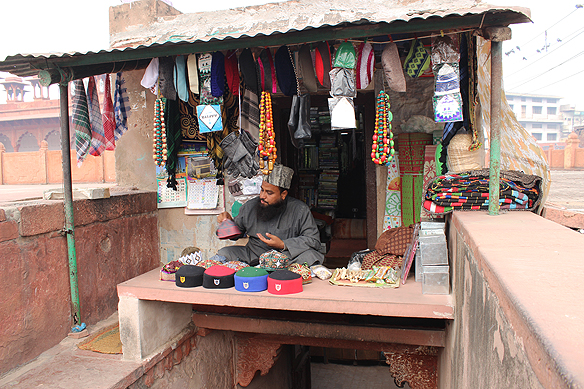
So, you’ve ticked off Agra’s major sights, the raison d’êtres for your visit. Or maybe it is your umpteenth time to the city. What now?
After marvelling at Agra’s treasures [listed from 1 to 6 in this series in no specific order] I wanted to experience yet more of it. Beyond the Agra the travel and history guides enthused about. And I was not disappointed. Digging and wandering through its centuries old lanes, having heartfelt conversations with its present residents, I saw sides of it which further justified its place in a traveller’s bucket list, equal to its more celebrated attractions. Don’t believe there is more to Agra than its UNESCO World Heritage Sites and Mughal masterpieces? Read on and be pleasantly surprised, like I was. 🙂










